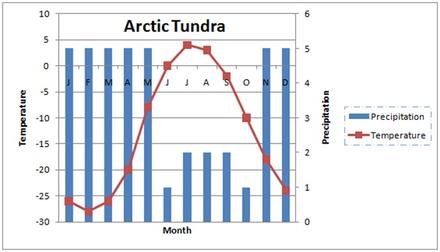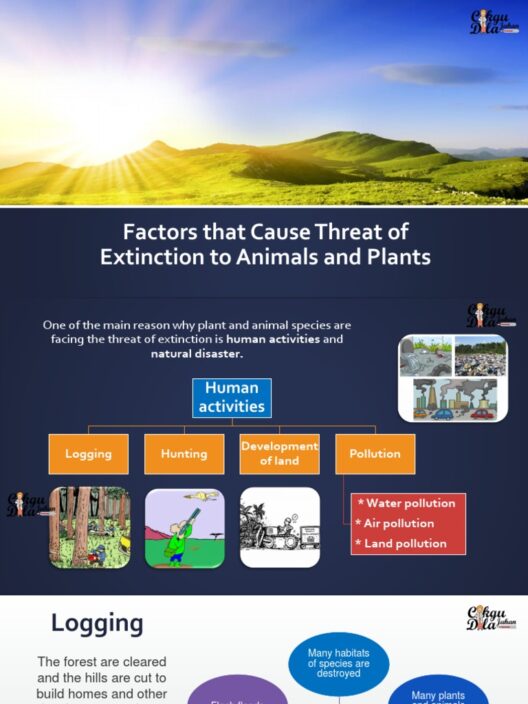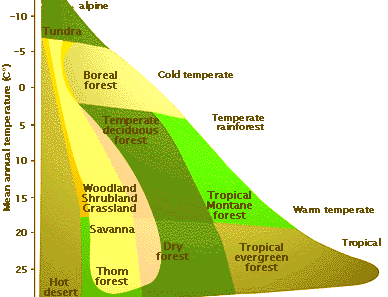What is climate like in a tundra? This question beckons exploration into one of the planet’s most enigmatic biomes. The tundra, characterized by its extreme cold and unique ecosystem, is often perceived as a desolate, lifeless expanse. However, this perspective belies the intricate web of life that has adapted to thrive in such harsh conditions. As we delve into the climate of the tundra, we invite you to ponder: How does life persist amidst the rigors of frost and ice? Are there hidden marvels waiting to be uncovered at the edge of cold?
To begin with, the tundra biomes are typically found in the Arctic and Antarctic circles, as well as at high elevations in mountainous regions. The climate is starkly continental, exhibiting long, frigid winters and brief, cool summers. Temperatures can plummet as low as -40 degrees Fahrenheit, and in many regions, frosts can occur year-round. During the winter months, the sun barely rises above the horizon, resulting in prolonged periods of darkness. Conversely, in summer, the sun shines continuously, creating a scenario known as the midnight sun.
Precipitation in the tundra is relatively low, resembling that of a desert, with an annual average of about 10 to 25 centimeters, primarily falling as snow. This limited moisture contributes to the permafrost layer, a thick subsurface layer of soil that remains frozen throughout the year. The top layer, known as the active layer, thaws during the summer months, allowing for a brief period of growth. However, the productivity of this barren landscape is stunted due to the cold temperatures and the poor quality of the soil.
The stark climate of the tundra leads to a fascinating array of challenges for the flora and fauna that inhabit it. Plants are remarkably resilient, often exhibiting adaptations such as low growth forms to withstand fierce winds and a unique reproductive strategy that allows them to bloom quickly during the brief summer season. Species like moss, lichens, and low-growing shrubs flourish, often forming a rich carpet across the frozen ground.
Winter precipitation as snow creates another challenge for the fauna that reside in the tundra. Animals such as the Arctic fox, caribou, and polar bear have evolved finely tuned survival strategies. For instance, the thick fur and fat insulation of these creatures enable them to endure extreme cold. Additionally, the Arctic fox changes its coloration from brown to white during the winter, providing camouflage against the snowy backdrop, enhancing its chances of evading predators.
In contrast, the brief summer period revitalizes the tundra, as temperatures climb above freezing, allowing for a burst of biological activity. Insects, like mosquitoes and blackflies, thrive, attracting birds that migrate to the region to feast on this abundant food source. Among them, the snow bunting and arctic tern exemplify the interdependent relationships within this ecosystem. The short growing season culminates in a vibrant, albeit fleeting, explosion of life before the cycle of winter resumes.
However, the tundra is not immune to the ramifications of climate change. Rising global temperatures pose a significant threat, leading to the melting of permafrost. This melting releases greenhouse gases—such as methane—trapped underground, which exacerbates the already critical predicament we face regarding global warming. As the permafrost deteriorates, it creates a domino effect, potentially leading to the destabilization of ecosystems and an increase in extreme weather patterns.
Intriguingly, the thawing of permafrost also reveals ancient secrets buried under layers of ice. Scientists have unearthed preserved remains of long-extinct species, providing invaluable insights into past climates and ecosystems. Nonetheless, these discoveries are overshadowed by concerns for current biodiversity. The fragile balance of tundra ecosystems is at risk, leading to potential extinction events for species reliant on this unique habitat.
Moreover, the cultural impacts resonate far beyond the biological realm. Indigenous communities, whose traditions and lifestyles have evolved in harmony with the tundra, are confronting unprecedented changes to their environment. As animals migrate in search of cooler habitats and the landscape transforms, so too must the people who have called the tundra home for generations. Their wisdom and knowledge become crucial in understanding how to adapt to a rapidly changing world.
As we reflect on the climate of the tundra and the life that exists at the edge of cold, one must grapple with the pressing question: How can we, as global stewards, protect this delicate ecosystem from further degradation? Advocacy for climate action, policy reforms, and the implementation of sustainable practices is imperative. The fate of the tundra hangs in the balance, and the urgency of addressing climate change cannot be overstated.
In conclusion, the tundra stands as both an awe-inspiring testament to nature’s resilience and a stark reminder of the fragility of our planet. As we marvel at the exquisite adaptations of life in such a formidable environment, we are compelled to act. The climate of the tundra, with its extremes, challenges our notions of survival and cooperation in nature. Will we rise to meet this challenge, ensuring that the wonders of the tundra endure for future generations to discover? The answer to this question lies within our collective hands.







